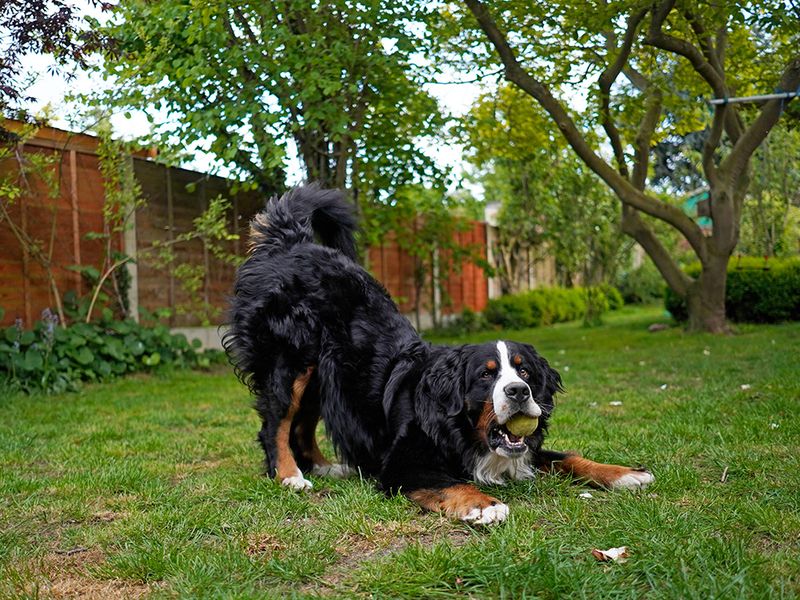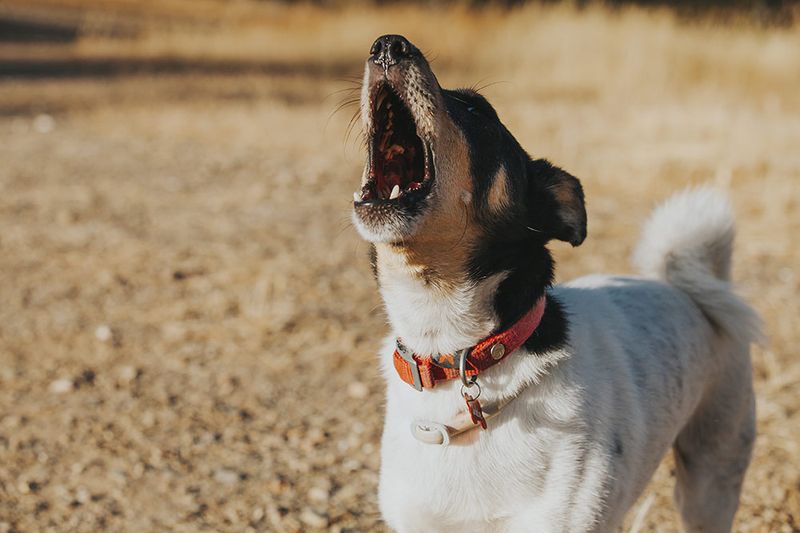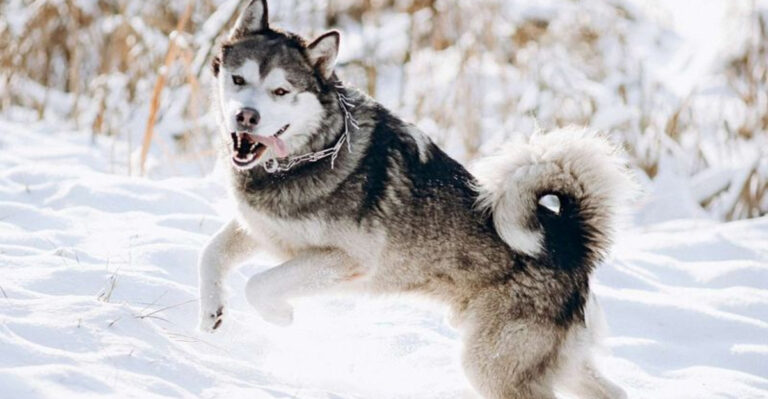15 Ways To Interpret What Your Dog’s Barking Really Means

Ever wonder why your furry friend won’t stop yapping? Those woofs and ruffs aren’t just random noise – they’re your pup’s way of talking to you!
Dogs have developed a complex language of barks to express everything from excitement to warning signals. Understanding these vocal cues can transform your relationship with your four-legged companion.
1. The Low-Pitched Warning Growl-Bark

When those deep, rumbling barks emerge from your dog’s chest, they’re not just being noisy – they’re setting boundaries. This sound combines growling with intermittent barks.
Your pup feels threatened and wants whatever’s causing concern to back off. The deeper the tone, the more serious the warning.
2. The Lonely Howl-Bark Combo

That mournful sound that starts as a bark and transforms into a howl speaks volumes about your dog’s emotional state. It’s the canine equivalent of a sad song.
When left alone too long, dogs use this distinctive vocalization to express loneliness and to call their pack (that’s you!) back home. Ancient wolf ancestors used similar sounds to locate separated pack members across vast distances.
3. The Playful Invitation Bark

Bouncy, high-pitched barks accompanied by a play bow – front paws stretched forward, rear end up – mean your pup wants to party! This happy noise is often punctuated with little pauses.
Dogs use this special bark exclusively during playtime. The staccato rhythm creates excitement between playmates.
4. The Rapid-Fire Alert Bark

Quick, sharp barks in succession usually signal your dog has spotted something unusual. This isn’t just noise – it’s your personal security system in action!
The higher the pitch and faster the repetition, the more excited or alarmed your dog feels. Think of it as their way of saying, “Hey human! Something’s happening out there!”
5. The Frustrated Barrier Bark

Repetitive, insistent barking while facing a fence, leash, or door reveals your dog’s frustration at being restricted. The rhythm typically sounds mechanical and can continue for minutes.
Your dog sees something they want to investigate or greet but can’t reach it. Unlike alarm barking, this pattern maintains consistent volume and pitch.
6. The Attention-Seeking Yap

Short, sharp barks directed specifically at you, often with meaningful stares between sounds, are your dog’s not-so-subtle request for attention. This clever communication style evolved through domestication.
Your furry friend has learned that these noises make humans respond. They’ll often glance between you and the object of desire – a treat jar, leash, or toy.
7. The Startled Reflex Bark

A single, sharp bark that seems to surprise even your dog indicates they’ve been startled by something unexpected. This instinctive response happens before conscious processing.
Watch your pup’s body language – they might jump slightly or look confused about their own outburst.
8. The Greeting Excitement Bark

The frantic, high-pitched barking explosion when you return home isn’t just noise – it’s a celebration of your arrival! This emotional outpouring often comes with whole-body wiggles and maybe happy tears.
This special homecoming chorus shows the depth of your dog’s attachment. The intensity typically matches how long you’ve been gone.
9. The Territorial Boundary Bark

Those authoritative, measured barks when someone approaches your property serve a specific purpose in your dog’s mind. This sound carries farther than other barks thanks to its particular acoustic qualities.
Your pup is announcing their presence and issuing a warning to potential intruders. The steady rhythm and medium pitch distinguish it from frantic alarm barking.
10. The Cognitive Confusion Bark

Short barks with questioning inflections – almost like they’re asking something – reveal your dog’s mental wheels turning. Their head might tilt adorably during these vocalizations.
This happens when dogs encounter something that doesn’t fit their understanding of how things work. A new object behaving strangely or unexpected events trigger this response.
11. The Dream-State Sleep Bark

Those muffled, soft woofs while your dog sleeps are fascinating glimpses into their dream world. These sounds often accompany twitching paws and flickering eyelids during REM sleep.
Just like humans, dogs process daily experiences through dreams. Their brains activate similar regions during sleep as when awake. These subdued barks might mean they’re chasing squirrels or playing in dreamland – their brain is rehearsing important behaviors even while resting.
12. The Demand Bark

A rhythmic, persistent bark with measured pauses between each sound is your dog’s version of making a clear request. This calculated communication style shows remarkable intelligence.
Your clever canine has learned exactly how much barking pressure to apply to get results. They’ll often stare intensely at what they want, then at you, then bark again.
13. The Pain Or Distress Yelp-Bark

A sudden, high-pitched yelp that transitions into barking signals your dog is hurting or extremely uncomfortable. This distinctive sound evolved specifically to communicate urgent needs.
Unlike other vocalizations, this one demands immediate attention. Your dog may hold up an injured paw or lick a painful area.
14. The Boredom Complaint Bark

Monotonous, spaced-out barks when nothing obvious is happening often indicate your dog has excess energy and nothing interesting to do. This rhythmic protest can drive owners crazy.
Smart, active breeds are especially prone to these bored declarations. Without mental stimulation or physical exercise, they create their own entertainment through vocalizing.
15. The Senior Cognitive Bark

Older dogs sometimes develop a distinct, disoriented-sounding bark that seems disconnected from any obvious trigger. This can happen at odd hours, especially at night.
Cognitive changes in aging canine brains can cause confusion similar to dementia in humans. Your senior pup might bark at shadows or get lost in familiar rooms.






